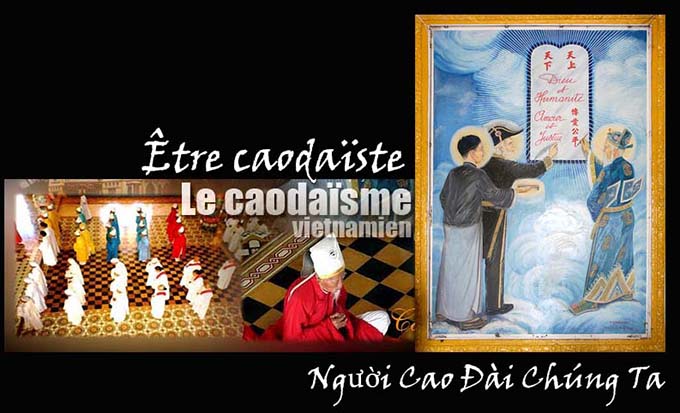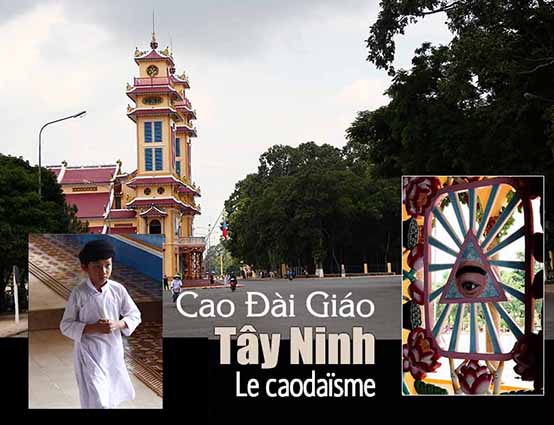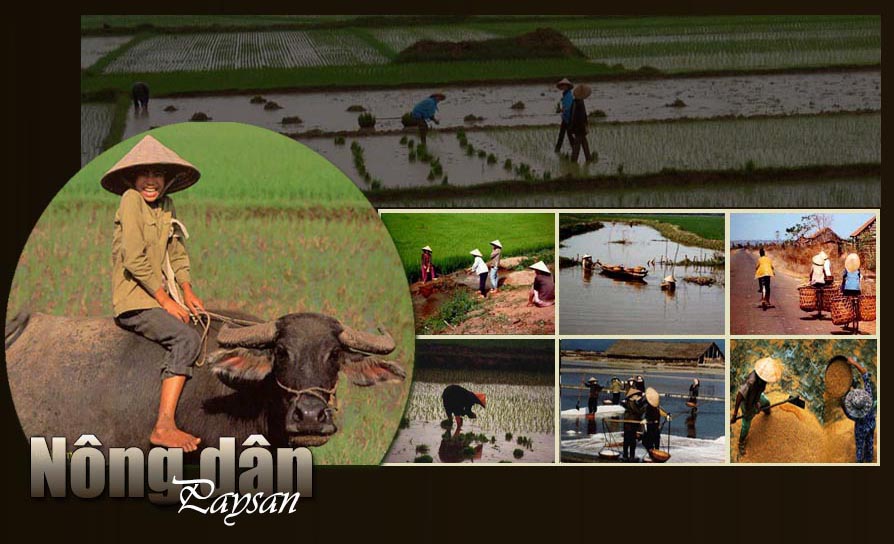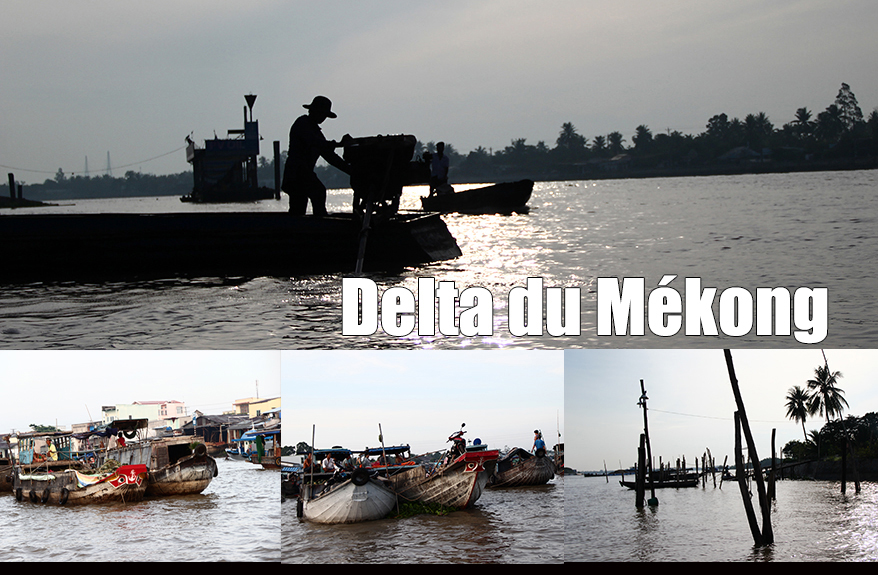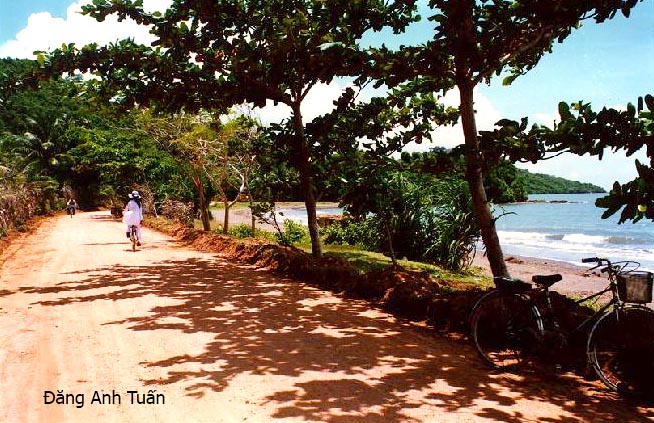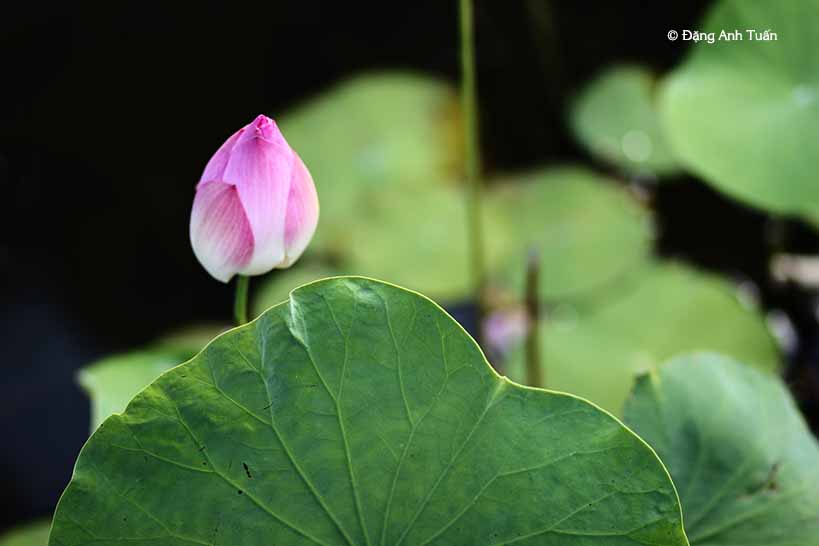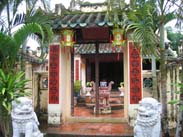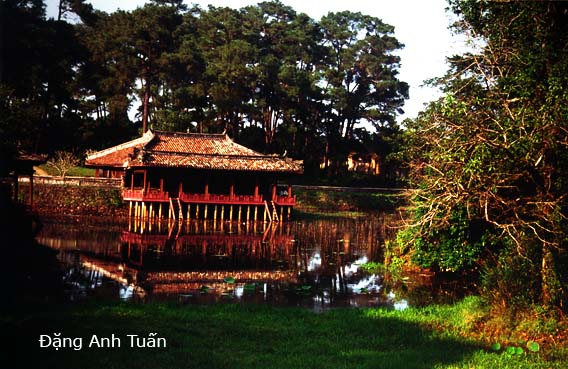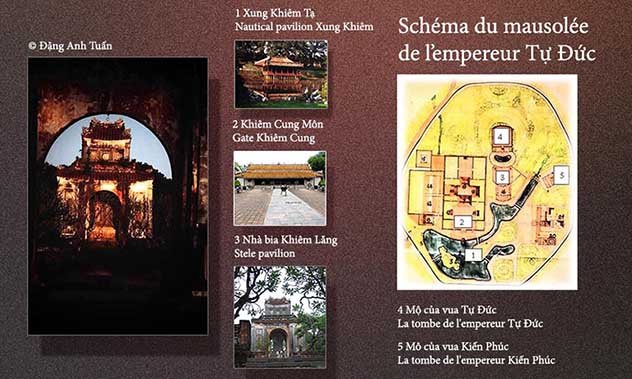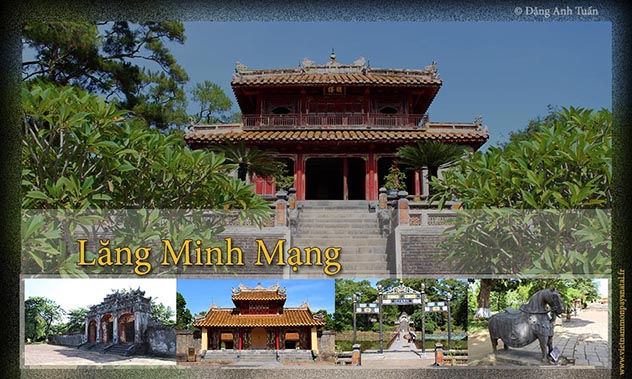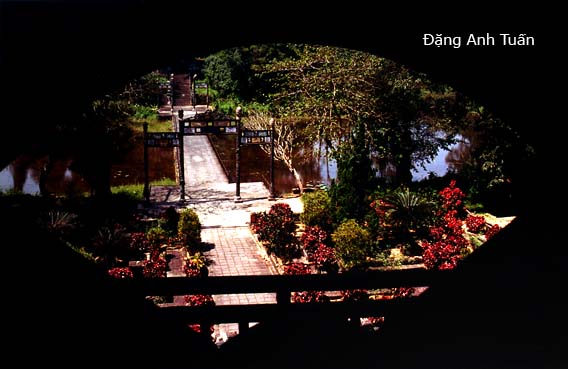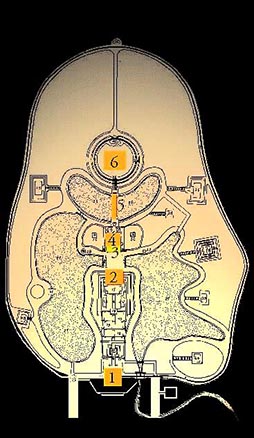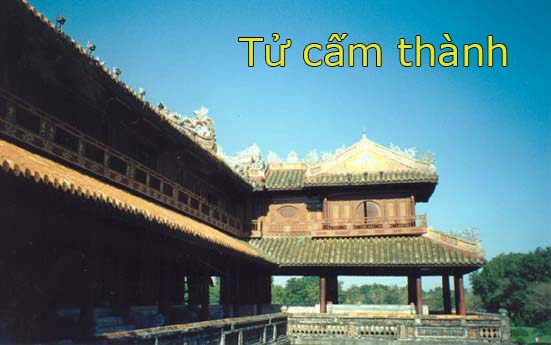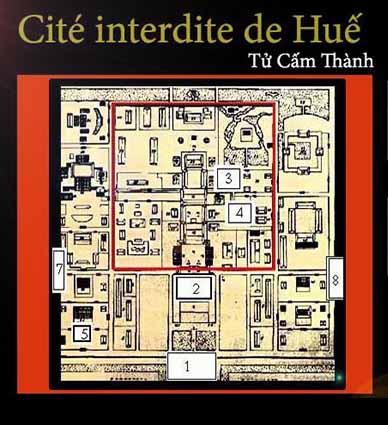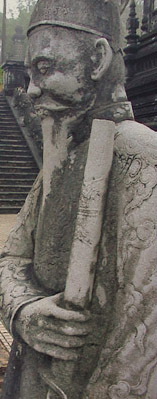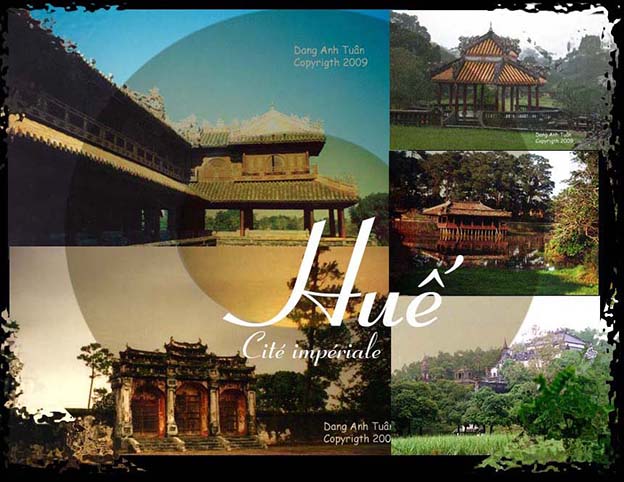Nous, les Caodaïstes, nous devons savoir nous perfectionner. Il n’est pas indispensable pour nous de jeûner et d’invoquer Bouddha par des prières ou d’être cloîtrés dans la pagode afin de pouvoir être à la perfection. Nous avons la possibilité de le faire si nous avons toujours en nous les trois qualités suivantes: l’Amour, la Sagesse et la Volonté. À la naissance, nous avons eu déjà la bonté. C’est pourquoi, nos Aïeux ont eu l’habitude de dire:
Nhân chi sơ, tính bản thiện. Le genre humain est naturellement bon à la naissance.
Mais à cause des aléas de la vie, des rivalités injustifiées et des désirs immodérés qui continuent à nous accaparer sempiternellement, nous sommes devenus ainsi des gens malhonnêtes, perfides, égoïstes, ce qui nous fait perdre la bonté que nous avons acquise à la naissance. Tous les Sages de l’Antiquité avaient eu ces trois qualités évoquées ci-dessus.
Pour avoir l’idée sur ce que l’individu possède en termes de bonté ou non, il nous suffit d’observer sa conduite envers ses proches. C’est par cette observation que nous arrivons à le connaître, ce qu’avait dit le philosophe chinois Jou Mencius.
L’Amour est une qualité nécessaire à la perfection mais elle ne peut pas être parfaite car nous avons besoin de la sagesse pour distinguer le vrai du faux, la raison du tort , le bien du mal. Il n’ y a pas mal des gens généreux qui, malgré leurs dons offerts à la construction des pagodes d’une manière non négligeable, continuent à être empêtrés dans un comportement néfaste car ils n’arrivent pas à discerner la raison du tort. Il leur arrive d’être mal considérés quelquefois par rapport à ceux qui n’ont jamais l’occasion de participer à cette contribution généreuse.
Au Vietnam, la dynastie des Lý était réputée pour sa ferveur irréprochable envers le bouddhisme par le biais d’un grand nombre de constructions de pagodes. Cela conduisit inexorablement le peuple à la misère à cause des impôts trop élevés et provoqua inéluctablement le mécontentement populaire qui était la cause principale de sa chute.
Quel que soit son niveau d’instruction, l’homme a toujours en lui la Sagesse car quand nous agissons mal ou non , nous le saurons grâce à notre propre conscience. Par exemple, quand on essaie de mentir, on se sent honteux envers soi-même bien que la personne à qui on a menti ne le sache pas. C’est la sagesse qui nous aide à faire cette distinction. Le philosophe français Blaise Pascal a eu l’occasion de souligner que l’homme est un roseau pensant.
Pour continuer à mentir ou à agir mal ou non, nous avons besoin de la Volonté. Il est facile d’évoquer cette qualité mais il nous parait difficile de la posséder car nous sommes obligés d’aller quelquefois à l’encontre de nos propres intérêts ou d’être perdants des fois aussi. Il nous arrive quelquefois de ne pas avoir la vie sauve. Je me réfère à quelques faits historiques chinois ou vietnamiens dans le but de nous permettre d’être ensemble à réfléchir et à admirer respectueusement les personnes considérées comme celles sachant se perfectionner car elles ont eu les trois qualités évoquées ci-dessus. Elles deviennent des personnages célèbres dans l’histoire de la Chine et du Vietnam.
D’abord, c’était le cas de Zhuge Liang (ou Gia Cát Lượng en vietnamien). Il fut à la fois premier ministre et conseiller de Liu Bei, le dernier survivant de la dynastie des Han (Lưu Hoài Ðức) en Chine. Les Barbares venant des steppes du Nord de la Chine et dirigés par Manh Hoạch aimaient à faire souvent des razzias sur le territoire de son royaume. Zhuge Liang arriva à capturer Manh Hoạch 7 fois mais ce dernier fut libéré immédiatement sur l’ordre de Zhuge Liang à chaque capture. Il était très généreux. Il était doté d’une sagesse extraordinaire car il trouva qu’il était nécessaire de convaincre Manh Hoạch par le biais de l’amour et des sentiments. Si Manh Hoạch avait été tué, il y aurait probablement un autre Manh Hoạch. Cela l’obligea à monter fréquemment des expéditions punitives et ne lui permit pas d’avoir les mains libres pour restaurer la dynastie des Han et ramener la paix et le bonheur à ses citoyens.
C’était pourquoi il continua à libérer impassiblement Manh Hoạch lors de chaque capture. Il avait une volonté incommensurable car il savait que pour empêcher Manh Hoach de trahir plus tard, il devait perdre beaucoup de temps, laisser tomber les intérêts personnels et se donner beaucoup de soucis avec son âge assez élevé. Ce serait moins fatigant pour lui s’il décidait de tuer Manh Hoạch car il n’était pas obligé de monter jusqu’à 7 fois l’expédition punitive. Lors de la dernière capture, lorsqu’il était sur le point de libérer habituellement Manh Hoạch, ce dernier commença à pleurer et à se rendre définitivement. Zhuge Liang a eu ces trois qualités évoquées ci-dessus. Bien qu’il ne soit pas religieux, nous pouvons affirmer qu’avec les trois qualités trouvées en lui ( l’Amour, la Sagesse et la Volonté ), il a su se perfectionner et il était considéré déjà comme un Sage à l’époque des Trois Royaumes.
Au Vietnam, il y a aussi des rois que nous pouvons considérer comme des Sages. C’est le cas du roi Lý Thánh Tôn qui a eu ces 3 qualités citées ci-dessus. C’est pourquoi il a été connu dans l’histoire du Vietnam comme un roi intelligent, distingué, charitable et vaillant. La révolte du roi du Champa, Chế Cũ l’obligea à monter une expédition punitive tout en laissant à sa concubine Ỷ Lan la régence. Face à la détermination de Chế Cũ, il n’arriva pas à le capturer après plusieurs mois d’expédition. Déçu, il fut obligé de rentrer au pays. Sur le chemin de retour, il apprit que son peuple ne cessait pas de vanter le talent de sa concubine Ỷ Lan dans l’art de gouverner le pays. Il se sentit honteux et décida de revenir au front. Lorsqu’il réussît de capturer Chế Cũ, il aurait pu tuer celui-ci pour apaiser sa colère mais il préféra le laisser rentrer dans son pays.
C’était pourquoi le Vietnam connut une période de paix, de prospérité et de bonheur. Il était très charitable car il laissa partir celui qui l’avait humilié devant son peuple. Il perdit beaucoup de temps pour arriver à le capturer. Sommes-nous capables de le faire comme lui si nous étions à sa place? Un beau jour, durant une période où l’hiver était rude, il s’adressa à ses mandarins dans les termes suivants :
En m’habillant de cette manière, je continue à être transi de froid. Comment arrivent-ils les gens à résister à ce froid rigoureux surtout les pauvres lorsqu’on sait qu’ils n’ont pas assez d’argent pour se nourrir?. Il faut leur donner dès maintenant de la nourriture et des habits supplémentaires.
Une autre fois, en tenant compagnie à sa fille, la princesse Ðông Thiên, lors d’une audience, il se tourna vers ses mandarins en leur disant :
J’ai un amour profond pour mon peuple comme celui que j’ai toujours pour ma fille. Malheureusement, le peuple est si peu instruit qu’il ne cesse pas de commettre des fautes. C’est pour cela que j’en ai tellement pitié. Je vous demande de bien vouloir diminuer les châtiments et les peines infligés.
Sa sagesse était incommensurable. Pour conquérir le Champa, il sut qu’il fallait convaincre et calmer Chế Cũ bien qu’il fût humilié et vexé de comparer ce qu’il avait subi par rapport à ce qu’avait fait sa concubine, une femme issue d’un milieu rural, Ỷ Lan pour son peuple durant son absence. Il pourrait tuer Chê’ Cũ pour apaiser sa colère et laver cet outrage passager. Mais c’était un homme courageux qui savait mettre les intérêts de son peuple devant ses intérêts personnels. C’était bien la personne ayant les trois qualités évoquées.
Quelle que soit la situation où nous sommes, nous, les Caodaïstes, nous devons essayer de nous perfectionner. Cela m’est arrivé de vouloir poursuivre cette démarche. Il faut reconnaître que ce n’est pas facile de la concrétiser. Je ne cache pas non plus que j’ai eu aussi les difficultés journalières mais je me sens soulagé énormément quand j’ai réussi à la concrétiser un peu. J’en suis ravi car je me rends compte que je commence à me perfectionner un peu même si cela parait infime.
Un jeune caodaïste
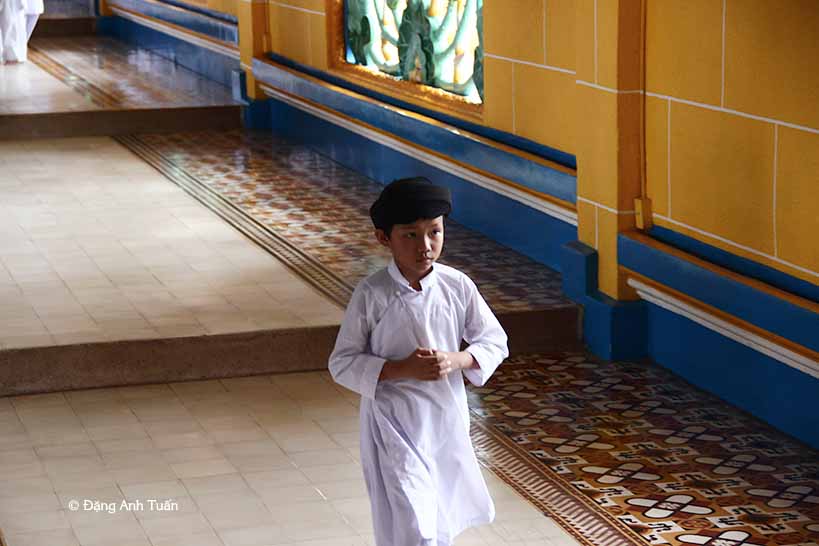
Cela me rappelle la phrase que Ung Giả Vi a écrite dans les Entretiens du Sage Confucius:
Nhân viên hồ tai! Ngã dục nhân, Tư Nhân chi hỷ!
Nhân có xa đâu! Ta muốn nhân thì nhân đến vậy!
La vertu n’est pas loin! On pourra l’avoir si on la veut vraiment.
ce qui me permet d’être convaincu que le BIEN ou le MAL existe bien en chacun de nous. Vous pouvez le choisir à votre guise. Je comprends qu’il n’est pas nécessaire d’aller à la pagode ou à l’église pour pouvoir se perfectionner. Je suis capable de le faire si je n’oublie pas ce qu’a dit Maître (Thầy) ( Dieu ) dans la bible des Caodaïstes que j’ai eu l’occasion de lire:
Si tu veux être un vrai Caodaïste, il faut que tu aies l’Amour et le principe moral. Il est absolument nécessaire pour toi de te perfectionner.
Tu mérites de porter ainsi cette tunique blanche, symbole de la pureté. Tu te sens fier plus que jamais d’être un Caodaïste.

